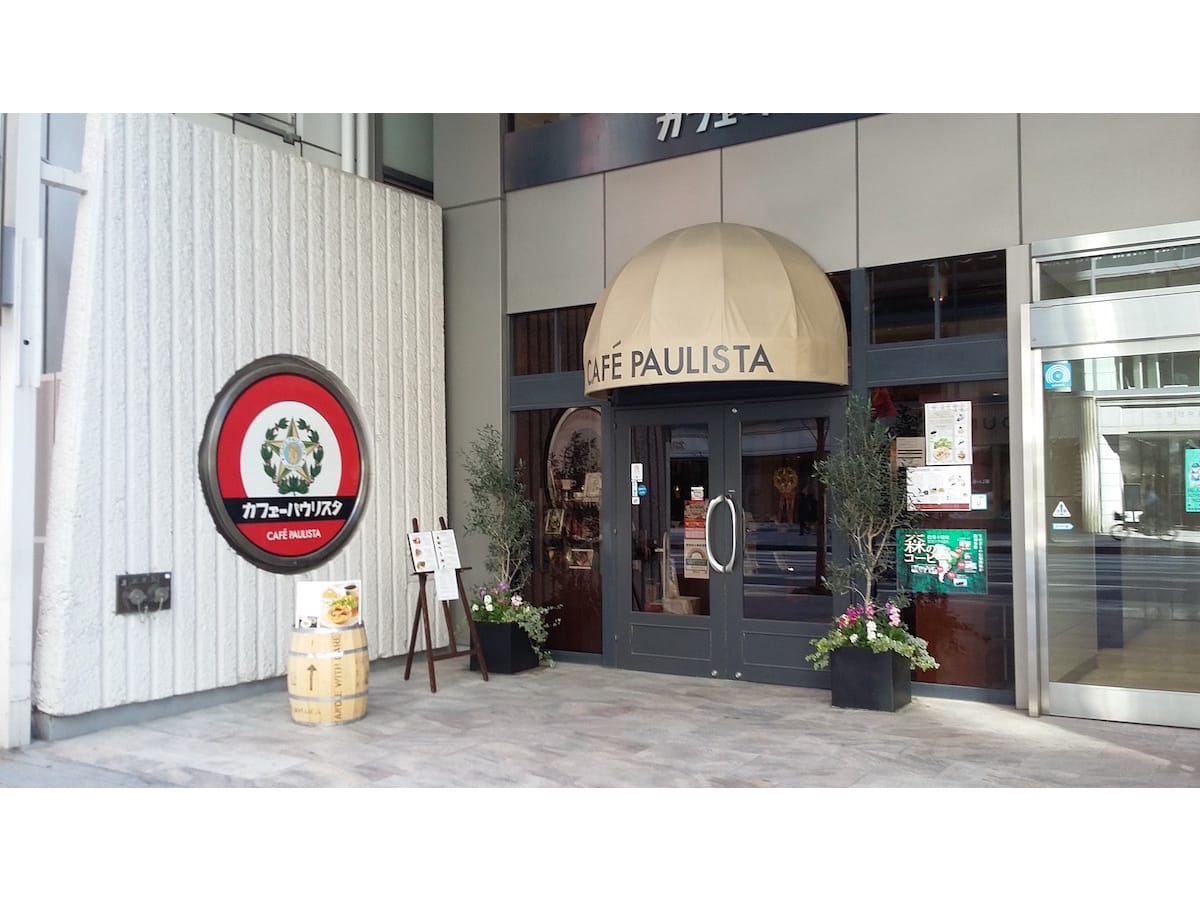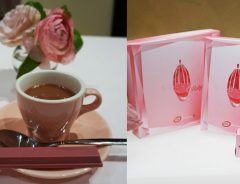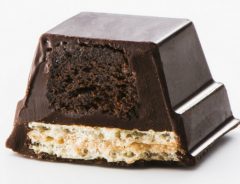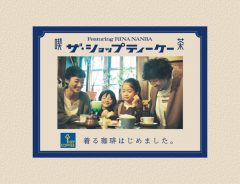
Photo by George Lloyd
Cafe Paulista in Ginza: Japan’s oldest existing kissaten is model for coffee shops across the country
- Tags:
- Café Paulista / coffee shop / Ginza / kissaten
Related Article
-

Japan’s Kit Kat Ruby Pink Hot Chocolate is the Perfect Valentine’s Day Treat
-

Kit Kat Japan Has Outdone Itself With Chocolate Cake-Filled Kit Kat Bars
-

Key Coffee and The Shop TK collab on sustainable apparel with retro jun-kissa coffee shop theme
-

Stroll down Showa period memory lane with nostalgic retro Japanese cafe sweets capsule toys
-

The tale of the most fantastic receipt that Starbucks has ever produced [manga]
-

Dine In The Presence Of Zombies And Lots Of Blood At Tokyo’s Bone-Chilling Vampire Cafe


Café Paulista opened in Ginza in 1911, making it the oldest cafe still in business in Tokyo today. The name is synonymous with the Taisho era authors and playwrights who used to frequent the café, luminaries such as Akutagawa Ryūnosuke (1892-1927), Minakami Takitarō (1887-1940) and Yoshii Isamu (1886 -1960).
Originally, Café Paulista was housed in a beautiful white manor house. Do not expect a building from 1911, however. It has only been at its current location since 1970 and has had a couple of makeovers since then.
Photo by George Lloyd
The Paulista has a close connection to Brazil, and not just on account of its name (a paulista is a native of São Paulo). The cafe was founded by Mizuno Ryo, a Japanese émigré who played a leading role in helping Japanese to emigrate to Brazil in the early decades of the 20th century.
Once there, many emigrés started working as coffee farmers and labourers. In gratitude to Mizuno Ryo for his contribution to the emigration of Japanese to Brazil, the Brazilian government supplied him with free coffee. To sell it, he decided to set up a coffee shop in Ginza. Mizuno Ryo went on to open a further 23 cafes all over Japan, making Café Paulista one of the first coffee shop chains in the world.
The Doutor chain of coffee shops is among the many to owe a debt of gratitude to the Café Paulista. | Kuha455405, CC BY-SA 3.0, via Wikimedia Commons
Café Paulista is said to have supplied the template for Japan’s subsequently built kissaten (喫茶店 tea and coffee shops), which proliferated during the post-war growth years, and reached their apogee in the ‘80s, just before the economy crashed and Japan’s flush went bust.
I recognise the archetype as soon as I walk into the place, and the mellow sound of bossa nova hits my ear. The staff, dressed in black and white, bow to me unsmilingly, but with great respect, which makes me feel like a visiting CEO. I order their most popular blend, the Cafe Florestal. It turns out to be a cut above what I’m used to after years of patronising the big kissaten chains (but not cheap, at ¥860 a pop). If you prefer your coffee bitter and strong, go for the Paulista Old, a more traditional style of coffee that will certainly kickstart your day.
The Café Paulista, like all kissaten, is a place for quiet time with oneself, away from the pressures of the workplace. You’re welcome to come here with an acquaintance, of course, but you should take care not to let your conversation disturb the other patrons.
Mid-morning, there aren’t many other customers, and the place is almost silent, save for the rustle of a newspaper (I said it was old-fashioned) and the hum of the air conditioner.
The Paulista’s interior is supposed to be foreign - leather seats, carvings of coffee pickers, wooden panelling and flowers in vases – but is actually very Japanese. The seats look to date from the early ‘80s, when Tokyo was the centre of the known universe. Beige, brown and ochre were big back then. So was smoking, which is why the ceiling is the colour it is.
Apparently, John Lennon and Yoko Ono came to the Cafe Paulista for three days in a row at some point in the 1970s. I can see why they liked it. Furniture polish was big in the ‘80s too, so every surface in the Paulista gleams in the half-light, from the pseudo-classical mouldings on the ceiling to the hardwood units (formica veneer on MDF, actually). In fact, once you start noticing, you see that everything is fake, from the rubber plant to the chandelier to the milk.
I can also see why the younger generation opts for stripped back, brightly lit, unfussy Starbucks over traditional kissaten chains like Renoir, Doutor, Caffe Veloce and their woozy progenitor, the Café Paulista. But it’s great to come back from time to time to see where it all started.
You’ll find Café Paulista at 1F and 2F Nagasaki Centre Building, 8-9 Ginza, Chuo-ku, Tokyo. It’s open Monday to Saturday 08:30-21:30, and Sundays and holidays 11:30-20:00.